Iran and the battle of economic corridors
The protocol of China's transport corridor to Europe through Uzbekistan, Turkmenistan, Iran and Turkey has been signed by the ministers and representatives of the member countries of the Economic Cooperation Organization (ECO).
The signing took place on the sidelines of the first Shanghai Cooperation Organization (SCO) International Transport Forum in Tashkent on Thursday.
The first transport forum of the SCO is currently underway in Uzbekistan, bringing together representatives from the transportation authorities of member countries and over 60 major companies from 15 countries.
Under the protocol, unification of tariffs and transportation procedures and border processes will be implemented among the countries, on the basis of which it is expected that a significant share of China’s transit to Europe will shift to Iran's East-West transit route.
The financing of infrastructure projects by the Asian Development Bank, completing missing rail and road links, as well as commercializing and strengthening regional corridors, including Islamabad-Tehran-Istanbul, Almaty-Tehran-Istanbul and East-West corridors to connect China to Europe and the Caspian Sea were among the other topics discussed at the forum.
Participants underlined the excellent transport and logistics potentials of the SCO member states in the construction and use of Eurasian transit corridors.
“East-West multimodal transport connectivity can play an important role in the future, as transport becomes increasingly multimodal and new opportunities arise to improve existing and develop new Eurasian transport networks,” Kazakh Deputy Minister of Transport Talgat Lastayev told the forum.
“Our region is a key region connecting Europe and East Asia, as well as an important region for China’s Belt and Road Initiative and Europe’s Global Gateway Initiative,” Lastayev added.
Iran’s Deputy Transport and Urban Development Minister for Transportation Affairs Shahriar Afandizadeh outlined the Islamic Republic’s “Iran-Rah” transportation initiative, saying its implementation will enable all countries in the region to find safe and cheap access to their surrounding geography.
Iran's special geographical location, being situated along the international corridors of North-South and East-West which connect West Asia to East, Asia and Europe, has provided a special transit place for the country.
Iran's railway network in the west links with Turkey and to Europe; in the northwest to Azerbaijan; in the north to the Caspian Sea and Turkmenistan, Kazakhstan, Azerbaijan and Russia; in the northeast to Turkmenistan and Central Asia, Russia and China; in the southeast to Pakistan and in the south to the Persian Gulf and the open waters of the world.
The potential income of Iran's rail transit from trade exchanges between East Asian countries and Europe through the East-West corridor is estimated at about $1.8 billion and through the North-South corridor at about $90 million a year.
This shows how important the East-West corridor is to Iran. Currently, Sarakhs-Bandar Abbas is the most active rail corridor in Iran, providing 80 percent of the country’s transit revenues.
According to the Islamic Parliament Research Center of Iran, the country’s annual transit capacity is at least 80 million tonnes, but only 5.3 million tonnes of goods went through the country in 2020.
Emerging economic powers such as China and India, which are the main parties pursuing the completion of corridors in the region, are trying to arrange multiple routes for their trade.
Even though none of the trade routes in the region can replace those through Iran, parallel routes can reduce the transit benefits of the country.
Therefore, Iran's delay in securing its share of transit in the region would benefit its competitors and seriously underline the country’s national interests.
On the sidelines of the Group of Twenty (G20) summit in New Delhi in September, India, the United States, United Arab Emirates, Saudi Arabia and the European Union agreed to create a transport and economic corridor connecting South Asia with Persian Gulf monarchies and European countries.
According to the White House, the initiative will be comprised of two separate corridors, the east corridor connecting India to the Persian Gulf and the northern corridor connecting the Persian Gulf to Europe. It will include a railway for cross-border ship-to-rail transit network to enable goods and services to transit to, from, and between India, the UAE, Saudi Arabia, Jordan, Israel, and Europe.
The deal is reportedly a product of a collective decision taken by India, Israel, the US, and UAE to open the India-Arab-Mediterranean economic corridor as an alternative to China’s Belt and Road Initiative.
The war in Ukraine and India's efforts to access parallel routes have created space for Saudi Arabia and the UAE to play a role in the transit of the region. Some reports indicate that India's focus on Iran’s Chabahar port is decreasing in favor of Arab countries.
The corridor links India, UAE, Saudi Arabia, Jordan, Israel, and Greece, with the entire transshipment expected to be covered in a period of 10 days.
This duration is assumed to be 40 percent faster than the conventional and busy Suez Canal maritime route.
The corridor is one of the few routes designed for Asia-Europe trade that does not depend on Turkey. India has reportedly started investing in Israeli and Greek ports, and a consortium led by Adani Group has completed the purchase of Haifa Port in northern Israel for 4 billion shekels ($1.15 billion).
In its new economic approach, which according to experts is considered a positive development, Iran has focused on regional cooperation as well as the development of economic relations with China and Russia.
However, the pace of the implementation of agreements is not favorable and the timeframe for their execution is not clear.
Iran’s geographical location on the path of both the East-West and North-South corridors is definitely unmatched, which can also avail the passage of combined corridors, especially in view of the economic, security and time-saving advantages which the country has.
However, the precedence given to political observations by some parties has created problems, which calls for robust political parleys and expansion of political and economic relations to keep Iran in the centerpiece of the regional connectivity plans.
Any failure can deprive Iran of numerous benefits in this regard, although the exclusion the Islamic Republic from the regional connectivity map would incur grave costs for the other parties.
‘Ghost town’: 70% of Jabalia buildings destroyed by Israel
Mother’s Day: Sareh Javanmardi’s inspiring journey as Paralympic champion and mother
Russia downs over 40 Ukrainian drones as Putin vows 'destruction' on Kiev
VIDEO | Yemen: A bone in Israeli neck
D-8’s role in Iran’s economy after Cairo summit
China slams US as ‘war-addicted’ threat to global security
China ‘firmly opposes’ US military aid to Taiwan
VIDEO | Press TV's News Headlines


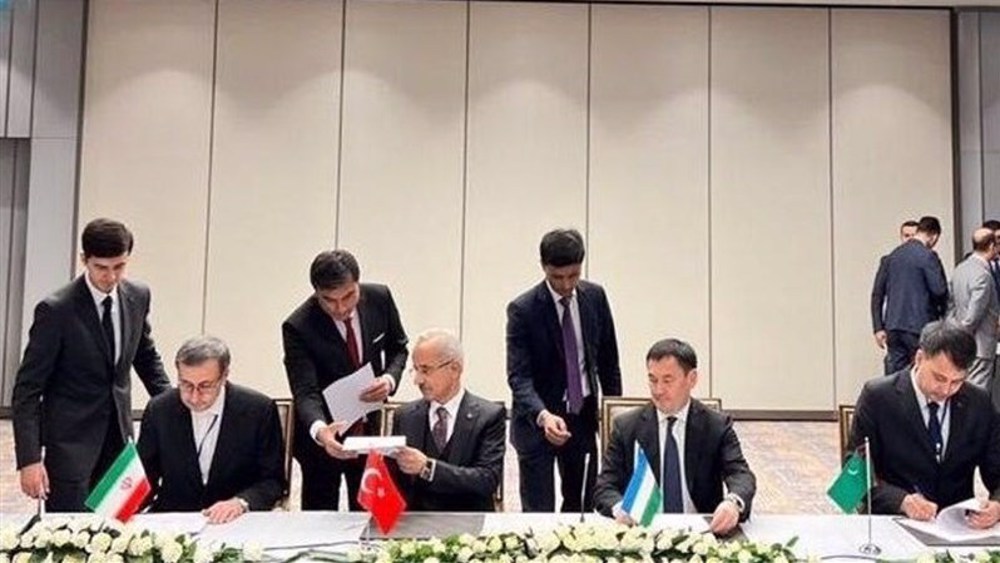
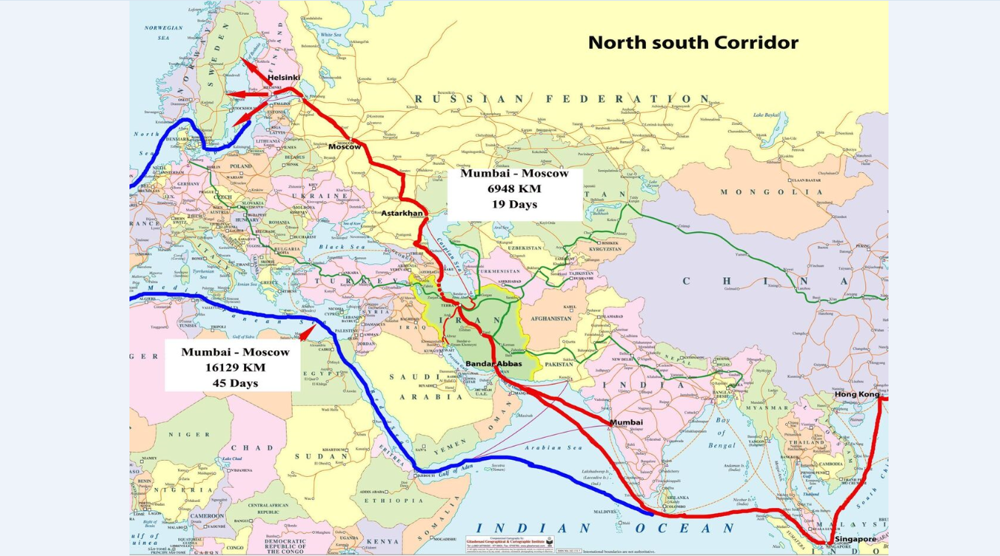
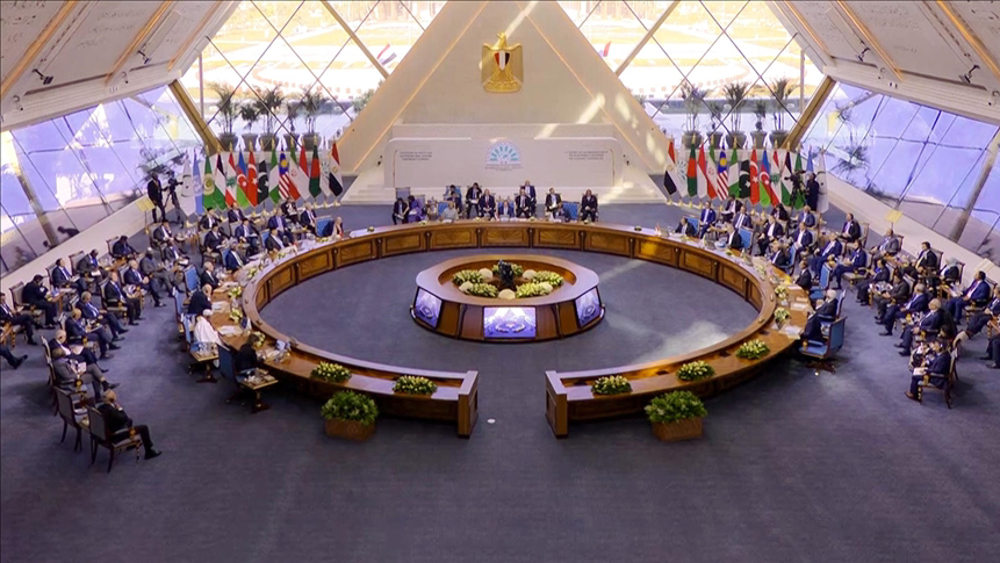
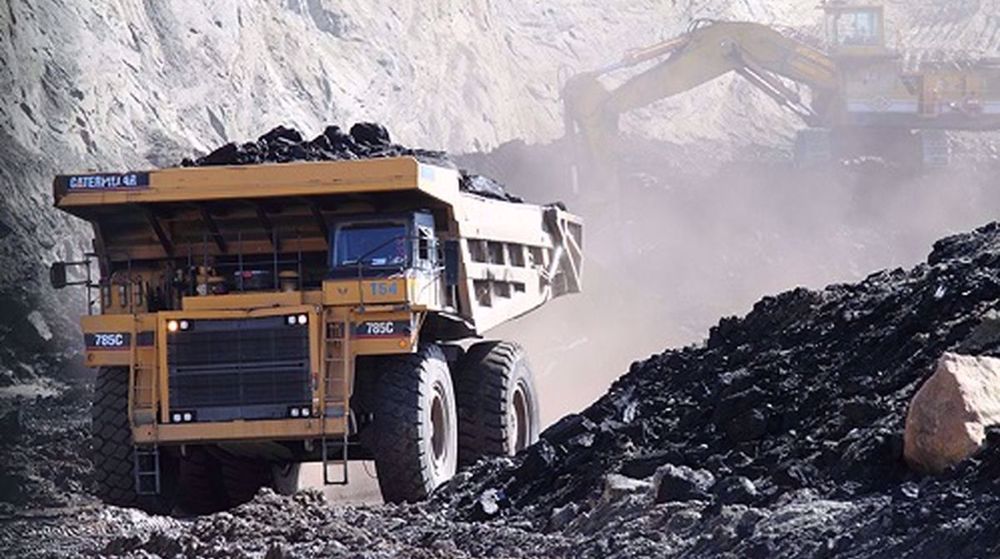
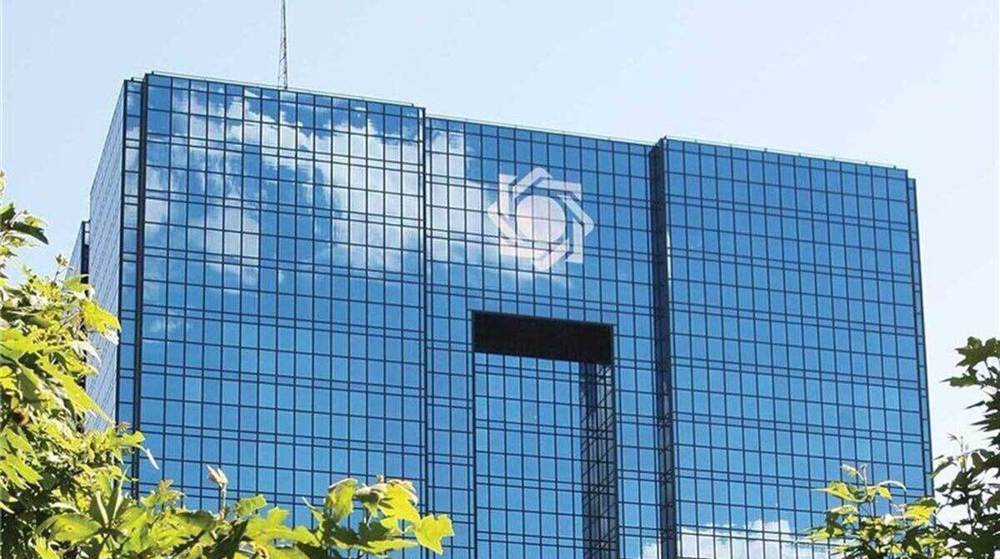




 This makes it easy to access the Press TV website
This makes it easy to access the Press TV website